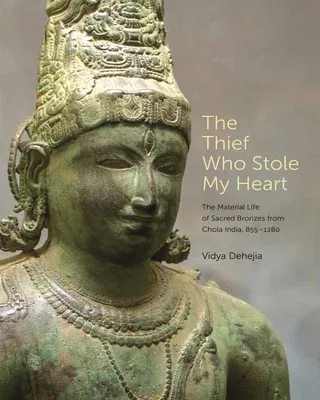Vidya Dehejia
(Author)The Thief Who Stole My Heart: The Material Life of Sacred Bronzes from Chola India, 855-1280Hardcover, 11 May 2021

Qty
1
Turbo
Ships in 2 - 3 days
Only 2 left
Free Delivery
Cash on Delivery
15 Days
Free Returns
Secure Checkout

Part of Series
A. W. Mellon Lectures in the Fine Arts
Part of Series
Bollingen
Part of Series
Bollingen Series (General)
Part of Series
A. W. Mellon Lectures in the Fine Arts, 68
Part of Series
Bollingen Series (General), 623
Print Length
336 pages
Language
English
Publisher
Princeton University Press
Date Published
11 May 2021
ISBN-10
0691202591
ISBN-13
9780691202594
Description
Product Details
Author:
Book Format:
Hardcover
Country of Origin:
IT
Date Published:
11 May 2021
Dimensions:
28.7 x
21.34 x
2.79 cm
ISBN-10:
0691202591
ISBN-13:
9780691202594
Language:
English
Location:
Princeton
Pages:
336
Publisher:
Series:
Weight:
1542.21 gm